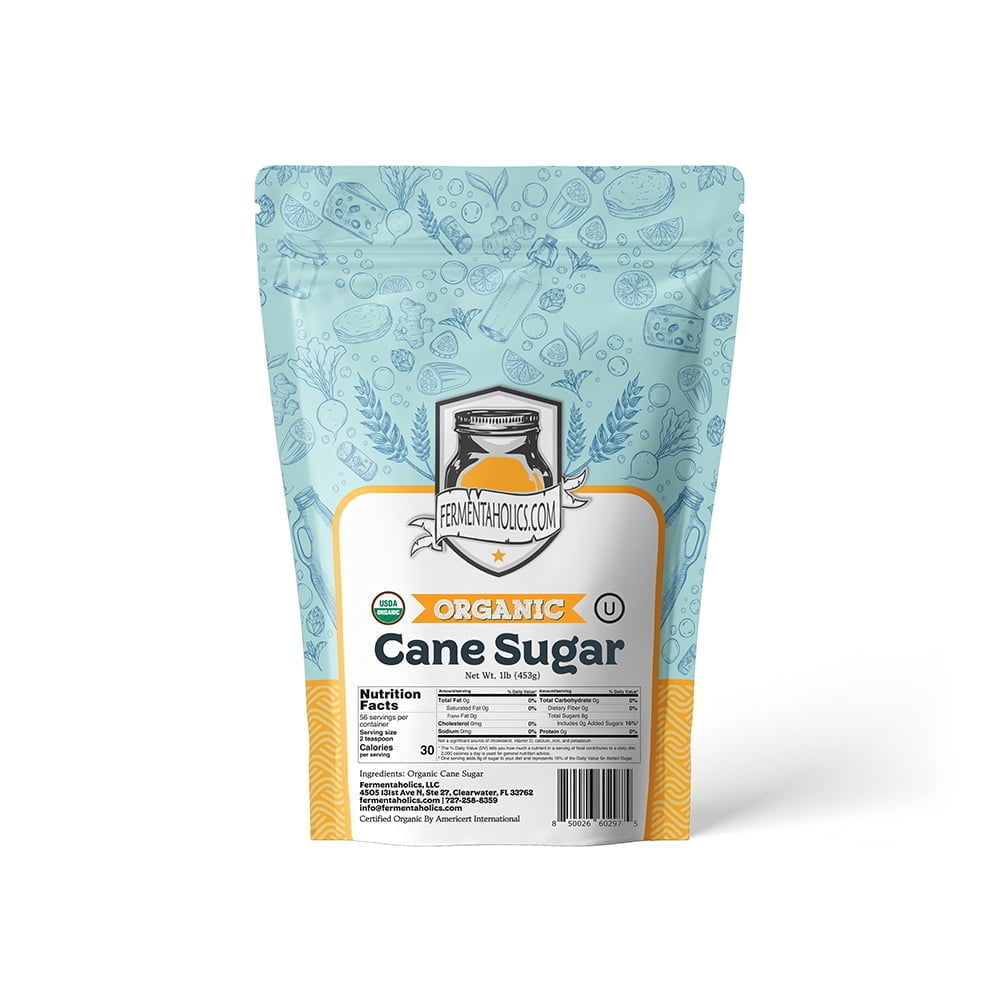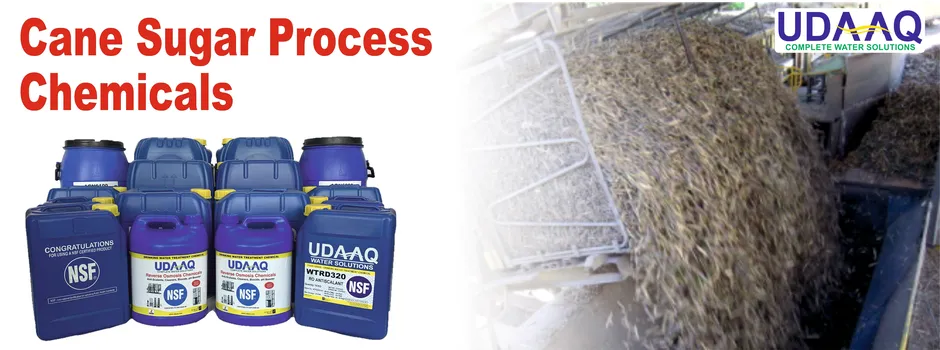Discovering the Versatile Use Sugar Cane Beyond Sweeteners
Sugar Cane is usually connected entirely with sugar, yet its applications prolong much beyond. This versatile plant plays an essential role in numerous markets, including biofuels and bioplastics. Additionally, its fibers add to sustainable construction and textiles. The financial implications of sugar Cane production additionally highlight its value. As innovations proceed to arise, the potential of sugar Cane to drive economic and environmental improvements becomes significantly obvious. What various other shocks does this resilient plant hold?
The Duty of Sugar Cane in Biofuels
As countries seek lasting energy sources, sugar Cane has actually emerged as a crucial gamer in the biofuels market. This exotic plant is abundant in sucrose, which can be fermented to generate ethanol, a renewable fuel alternative to fossil fuels. The growing of sugar Cane for biofuel manufacturing not just lowers greenhouse gas emissions but likewise adds to power security, particularly in sugar-producing nations.
Moreover, sugar cane-derived ethanol can be combined with fuel, boosting its octane ranking and reducing reliance on non-renewable sources. The results of sugar Cane handling, such as bagasse, are useful for creating power, making the whole production cycle energy-efficient.
Research study remains to check out sophisticated techniques for making best use of power return from sugar walking stick, solidifying its role in the change to cleaner power solutions. As international demand for sustainable gas boosts, sugar Cane stands apart as an essential part of the biofuel market.
Sugar Cane as a Resource of Bioplastics
Although the ecological impacts of plastic pollution are significantly concerning, sugar Cane offers an encouraging alternative as a resource of bioplastics. Originated from renewable energies, bioplastics made from sugar Cane can substantially minimize reliance on petroleum-based plastics. These bioplastics are generated via the fermentation of sugars drawn out from the cane, leading to materials that can be compostable or eco-friendly, depending on their formulation.
The usage of sugar Cane bioplastics not just reduces carbon emissions however also promotes lasting farming methods. By making use of farming waste and byproducts, the general ecological footprint of production is decreased. Additionally, items made from sugar Cane bioplastics can seamlessly integrate into existing waste monitoring systems, addressing issues concerning waste build-up.
As markets look for lasting solutions, sugar cane-based bioplastics represent a viable alternative that lines up with international efforts to battle plastic contamination and foster a circular economic climate.
Medicinal Applications of Sugar Walking Cane
Sugar Cane is acknowledged for its antioxidant residential or commercial properties, which contribute to different health and wellness benefits. Additionally, it has actually been made use of in conventional treatments across cultures, highlighting its relevance in natural medication. These features highlight the potential of sugar Cane in the field of medicinal applications.
Antioxidant Qualities of Walking Stick
Numerous studies have actually revealed that sugar Cane has significant antioxidant residential or commercial properties, making it a valuable part in medicinal applications. The phenolic substances found in sugar walking stick, such as flavonoids and phenolic acids, add to its ability to neutralize cost-free radicals, therefore lowering oxidative anxiety in the body. This antioxidant activity is linked to different health and wellness benefits, consisting of enhanced cardio health and improved immune feature. Furthermore, sugar Cane removes have actually been shown to display anti-inflammatory results, which can better support total health. By combating oxidative damages, sugar Cane may play a duty in the prevention of chronic conditions, making it an intriguing subject of research study for its potential restorative usages in modern-day medicine.
Typical Treatments and Makes Use Of
While modern medication often counts on synthetic substances, standard treatments utilizing sugar Cane highlight its historical importance in different cultures. In many tropical areas, sugar Cane juice has been made use of as a natural remedy for ailments such as dehydration and digestion issues. Its high water material and essential nutrients make it a preferred therapy for urinary system tract infections and kidney rocks. In addition, sugar Cane is thought to possess anti-inflammatory buildings, assisting in the relief of respiratory system problems and sore throats. Herbal remedies typically includes sugar Cane in concoctions to boost energy and boost overall wellness. These age-old techniques underscore the convenience of sugar walking cane, extending its value beyond sweet taste to include health and health applications.
Eco-Friendly Building Products From Sugar Walking Stick
Sugar walking cane, often identified for its pleasant return, is acquiring interest as a source of environmentally friendly building materials. These products provide lasting building solutions, including biodegradable composites that reduce environmental influence. Additionally, sugar cane-derived products supply effective insulation residential or commercial properties, enhancing power effectiveness in frameworks.
Lasting Structure Solutions
As the global demand for sustainable building and construction materials rises, ingenious remedies stemmed from sugar Cane have emerged as a sensible alternative. This sustainable resource offers various applications in green structure remedies, specifically with its spin-offs. Sugar Cane fibers, understood for their strength view it now and resilience, can be used in developing insulation products and composite panels. Additionally, the juice and molasses from sugar Cane can be refined right into bio-based adhesives, lowering dependence on petroleum-based items. The usage of sugar Cane not just decreases waste but likewise adds to reduce carbon emissions throughout production. In addition, including these products into building practices supports the round economic climate, advertising sustainability while dealing with the pressing environmental obstacles dealt with by the building and construction sector.
Biodegradable Composite Products
Naturally degradable composite materials have actually gathered focus as sustainable alternatives in building, especially those stemmed from sugar walking stick. These materials make use of the coarse byproducts of sugar walking cane, such as bagasse, to develop composites that are both light-weight and strong. By integrating these natural fibers, suppliers can create products that lower dependence on traditional plastics and non-renewable resources. The sustainable nature of sugar Cane composites not only lessens ecological impact but likewise supports farming economic situations by offering additional income streams for farmers. In enhancement, the biodegradability of these composites assurances that they do not add to lasting waste in land fills. As the building and construction industry seeks greener remedies, sugar cane-derived composites present a promising course toward much more eco-friendly building methods.

Insulation Features and Advantages
The insulation residential or commercial properties of eco-friendly building and construction materials originated from sugar Cane deal substantial benefits in energy performance and environment control. Sugar Cane fibers have all-natural insulating high qualities that assist manage interior temperature levels, decreasing the requirement for excessive home heating or air conditioning. This particular contributes to reduce energy consumption, advertising sustainability in structure practices. Furthermore, the use of sugar cane-based insulation materials is useful for indoor air top quality, as they are less most likely to give off unpredictable organic compounds (VOCs) contrasted to typical insulation products. These products are eco-friendly, aligning with eco-conscious building goals. As the building and construction sector seeks greener alternatives, sugar cane-derived insulation stands apart as an appealing remedy that incorporates functionality with environmental responsibility, supporting both energy financial savings and eco-friendly conservation.
Sugar Cane in the Fabric Industry
Often neglected, sugar Cane plays a substantial role in the textile sector, largely with the manufacturing of sustainable fibers. These fibers, derived from the plant's results, are progressively recognized for their green buildings. Sugar Cane fibers, such as bagasse and sisal, are durable and eco-friendly, making them appealing alternatives to standard artificial fibers.
Their use in fabrics advertises sustainability by minimizing reliance on petroleum-based products while also providing an avenue for waste decrease from sugar manufacturing. In addition, innovations in fabric handling have made it possible for suppliers to blend sugar Cane fibers with various other products, improving the overall high quality and flexibility of fabrics.
This change towards including sugar Cane in textiles shows a broader pattern in the sector, going for eco responsible methods. As demand for sustainable products continues to climb, sugar walking cane's function in fabrics may expand, offering both eco-friendly and financial benefits.
Nutritional Benefits and Pet Feed

Additionally, sugar Cane has necessary minerals and vitamins that enhance the dietary account of animal feed, increasing resistance and overall wellness. Its wonderful taste and palatability make it an attractive feed alternative, motivating feed consumption among pets. By including sugar Cane right into their diet regimens, livestock manufacturers can decrease dependence on standard feed sources, potentially decreasing feed costs while preserving pet wellness and productivity. Subsequently, sugar Cane emerges as a healthy and sustainable alternative in the field of pet agriculture.
The Economic Impact of Sugar Cane Production
While lots of farming assets add to local economic situations, sugar Cane production sticks out as a result of its significant economic effect throughout various regions. This functional crop not only offers employment possibility in circulation, farming, and handling however additionally sustains ancillary markets such as transport and production. In nations like Brazil and India, sugar Cane is a vital motorist of country advancement, fostering economic security and improving resources.
The byproducts of sugar walking stick, including ethanol and molasses, further diversify revenue streams, producing additional markets and decreasing dependency on traditional sugar - What Is Sugar Cane Used For. As international demand for eco-friendly power increases, the role of sugar Cane in click for source biofuel manufacturing is becoming progressively prominent, bring in investments and improving local economic situations. Overall, the financial implications of sugar Cane production are extensive, affecting both local work markets and wider financial trends in areas reliant on this vital plant
Frequently Asked Concerns
Just How Is Sugar Cane Processed Into Biofuels?
The handling of sugar Cane into biofuels includes removing juice, fermenting it into ethanol, and fine-tuning the item. This method uses the plant's natural sugars, transforming them right into eco-friendly energy sources for different applications.
What Are the Ecological Advantages of Using Sugar Walking Stick?
The environmental advantages of making use of sugar Cane consist of reduced greenhouse gas emissions, enhanced dirt health with sustainable farming techniques, and reduced dependence on fossil gas, which jointly add to a much more environment-friendly and sustainable agricultural system.

Can Sugar Cane Be Grown in Any Climate?

Sugar Cane thrives in exotic and subtropical environments, calling for cozy temperatures, enough sunlight, and sufficient rains. Its development is limited in colder regions, making it unsuitable for arctic or pleasant environments where frost occurs.
What Are the Historical Uses Sugar Walking Stick?
Historically, sugar Cane served numerous purposes beyond sweetening - What Is Sugar Cane Used For. It was used for generating rum, as a source of biofuel, in conventional medication, and for crafting products like paper and molasses, showcasing its diverse applications throughout different cultures
Just How Does Sugar Cane Impact Local Economies?
The impact of sugar Cane on local economic climates is considerable, offering employment, increasing agricultural markets, and promoting trade. Its farming sustains country incomes and stimulates neighborhood markets, contributing to total financial growth and community growth.
The economic implications of sugar Cane production even more emphasize its significance. Acquired from eco-friendly resources, bioplastics made from sugar Cane can substantially lower reliance on petroleum-based plastics. Eco-friendly composite materials have actually garnered attention as lasting options in building, specifically those acquired from sugar walking cane. These materials make use of the coarse byproducts of sugar walking cane, such as bagasse, to create compounds that are both strong and light-weight. While lots of agricultural products contribute to regional economic climates, sugar Cane manufacturing stands out due to its substantial economic impact across various regions.